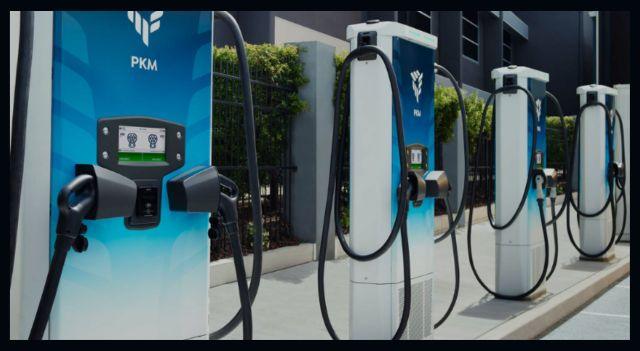Tritium (NASDAQ:DCFC), a prominent provider of electric vehicle (EV) charging solutions, has reported record-breaking revenue for the fiscal year ending on June 30, 2023, reaching an impressive $185 million, marking a substantial 115% year-over-year increase. Notably, the company has also achieved a substantial enhancement in its gross margin, which reached 4% for the initial half of the calendar year. Tritium’s Tennessee manufacturing facility has effectively expanded its operations, attaining record unit production, and the company has successfully established new strategic partnerships with customers. Furthermore, Tritium is set to unveil its MyTritium software platform before the end of the year and has plans to introduce a modular and scalable 400-kilowatt charger in 2024.
Key highlights from the earnings call include:
1. Tritium has reported remarkable revenue growth, with sales orders totaling $146 million and a backlog of approximately $99 million.
2. The company’s production has experienced a substantial increase, with 7,800 units manufactured during the fiscal year and 5,100 units produced during the six-month period concluding on June 30.
3. Tritium has secured financing commitments of up to $75 million to meet the anticipated strong demand in 2024.
4. The company has formed new customer partnerships, including a major European utility, a global fleet company, and a global automotive OEM.
5. Tritium plans to introduce a high-power, 250-mile range addition in just 10 minutes, aiming to appeal to operators of public charging networks and fleet customers.
6. Tritium anticipates achieving a positive EBITDA in the first half of the upcoming year.
During the earnings call, Tritium discussed the notable improvement in its financial performance over the past two years, attributing a significant portion of this success to the expansion of its Tennessee facility. The company has witnessed consistent growth in its gross margin and anticipates this positive trend to continue. Tritium achieved a 4% gross margin in the first half of the calendar year and aims to achieve a guidance range of 10% to 12% in the latter half.
Tritium also disclosed that it maintains inventory worth $140 million, encompassing spare parts, finished products, and chargers in transit. The company is confident that remote monitoring services will emerge as a substantial source of revenue and intends to aggressively roll out this service. Different customer segments, including fuel, fleet, and charging networks, contribute to varying volumes and margins.
The company intends to align its overhead and SG&A expenses with sales forecasts. Tritium also outlined its strategy to address interest expenses and debt servicing, mentioning the potential conversion of certain debt into equity and the use of cash generated from operations to retire debt. Tritium enjoys a supportive relationship with its debt providers.
Tritium’s CEO, Jane Hunter, explained that the strong revenue performance in the first half was partly due to delayed orders from the previous year. Production records were achieved in May and June, although July and August witnessed reduced production due to inventory management and optimization of manufacturing processes. Hunter expressed confidence in the second half and highlighted strategic customers with imminent purchase orders, along with ongoing negotiations with American CPOs.
Tritium anticipates its expected CapEx for 2023 to amount to $7.95 million, with modest requirements anticipated for 2024. Hunter noted that the transition from order backlog-driven to flow-driven orders may result in a slightly lower backlog entering 2024, as customers now provide forecasts and letters of intent instead of secured purchase orders. Nevertheless, the company remains confident in its prospects for revenue and margin growth.
